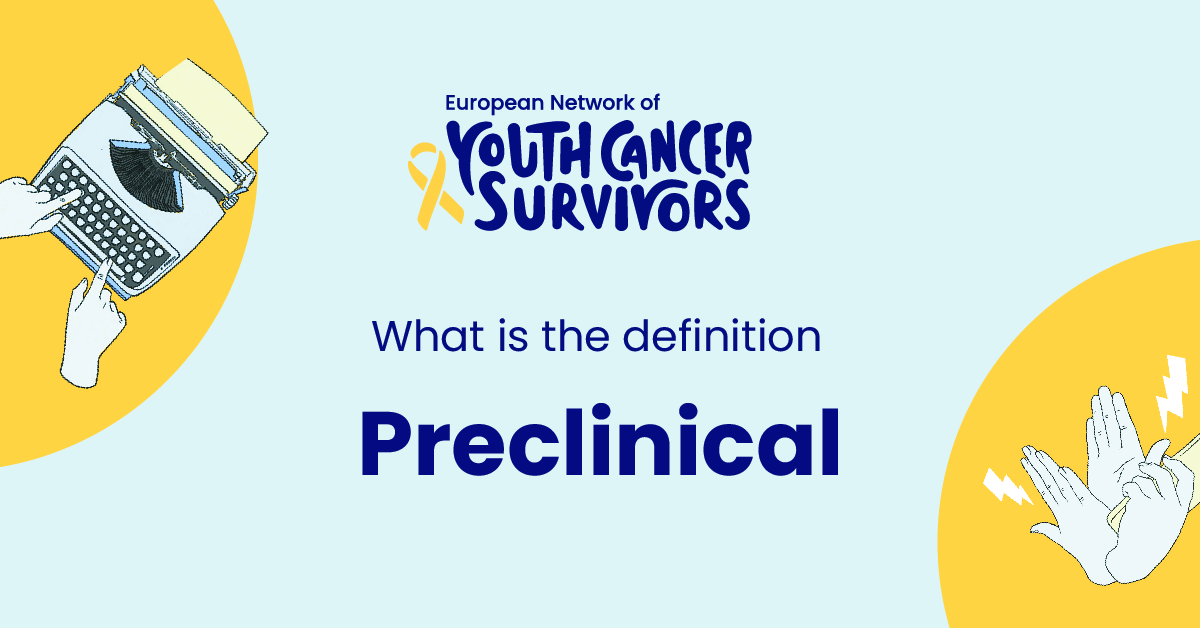
In the realm of healthcare, several terminologies often baffle people outside the field, one such term is “Preclinical”. Understanding these words and concepts is paramount to understanding healthcare-related conversations and making informed healthcare decisions. This article deciphers the meaning, implications, and future trends of preclinical studies in healthcare.
The Definition of Preclinical
The term “Preclinical” originates from the field of medicine development and describes a critical stage in this process. At its core, preclinical refers to the studies and trials that take place before a potential new treatment is tested on humans. It involves in-vitro (test tube) and in-vivo (within a living organism) experiments using cell cultures and animal models to ascertain the safety and efficacy of the potential drug.
The preclinical concept has evolved over the decades, with methodologies and technologies becoming more sophisticated. Modern preclinical studies encompass advanced biomedical imaging, genomics, and computer modeling for accurate results.
Different Stages of Preclinical
Preclinical studies can be condensed into several stages, each vital to the advancement of the potential drug to the clinical testing phase.
The first stage assesses the drug’s pharmacodynamics – how the drug affects the body. This involves understanding the interaction between the drug and biological targets in the body. The second stage, pharmacokinetics, studies how the body affects the drug, focusing on the drug’s absorption, distribution, metabolism, and excretion.
The third stage involves toxicology testing – determining the drug’s safety profile. Different doses of the drug are administered to animal models over varying timeframes to study possible toxic effects. The culmination of these stages helps determine whether the drug should progress to human trials.
Preclinical Research and Its Impact on Healthcare
Preclinical research contributes significantly to drug development, helping to predict how a particular drug might behave in humans based on lab and animal studies. These predictions form the foundation for successful clinical trials involving human subjects.
Despite its essential role, preclinical research is not without limitations. The major limitation being ethical concerns. Using animals for preclinical testing raises ethical questions about animal welfare. Besides, animal models do not always exactly replicate human physiology, limiting the extrapolation of results to humans.
Real-world Example of Preclinical Studies
Consider a recent preclinical study on a new targeted therapy for breast cancer. The study showed positive results on tumor inhibition in mouse models presenting specific genetic mutations present in some human breast cancer patients. The implications of this research are tremendous, opening potential avenues for the development of personalized cancer therapies.
Interpreting and analyzing real-world preclinical studies helps in predicting potential scientific breakthroughs in healthcare and medicine. It gives us a peek into the possible future course of medicine and technology.
Get to know us better
If you are reading this, you are in the right place – we do not care who you are and what you do, press the button and follow discussions live

The Future Of Preclinical Trials
Preclinical research is poised to witness significant changes in the future with emerging technologies like artificial intelligence (AI), machine learning (ML), and 3D bio-printing. These technologies could refine and accelerate preclinical processes, potentially minimizing reliance on animal models thereby resolving some ethical issues.
However, these technological advancements present their challenges, including data security, algorithm biases, and the need for technical expertise.
Conclusion
Understanding the importance and nuances of preclinical studies is crucial to grasp the complexities of healthcare and medicine. As we advance technologically, the evolution of preclinical trials will inevitably impact the development of comprehensive, efficient, and personalized treatments for various health conditions.
Frequently Asked Questions:
- What is the primary aim of preclinical trials?
Preclinical trials aim to ascertain the safety and efficacy of a potential drug using in-vitro and in-vivo models before it is tested on humans.
- What is the general duration of preclinical trials?
While the duration varies depending on several factors, preclinical trials on average last for about 1-2 years before advancing to the clinical trial stage.
- Can you provide examples of some preclinical studies?
A recently concluded preclinical study focused on breast cancer therapy. The promising results have sparked hopes for the development of personalized cancer therapies.
- What is the role of preclinical studies in the approval process for new drugs?
Preclinical studies provide initial data on the drug’s safety and efficacy. It determines whether the drug should proceed to human trials. Positive results from both preclinical and clinical trials are necessary for a new drug to secure regulatory approval.
- What are the key challenges and limitations in conducting preclinical studies?
Key challenges include ethical concerns about using animals for testing and the limitation that animal models do not fully represent human physiology. Technological advancements, although promising, have their challenges, like algorithm bias and data security.

















Comments
Thank you. Comment sent for approval.
Something is wrong, try again later